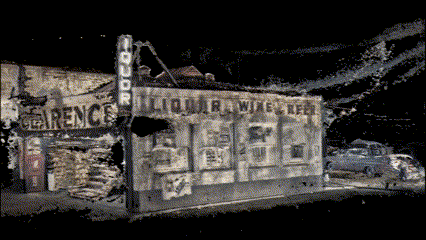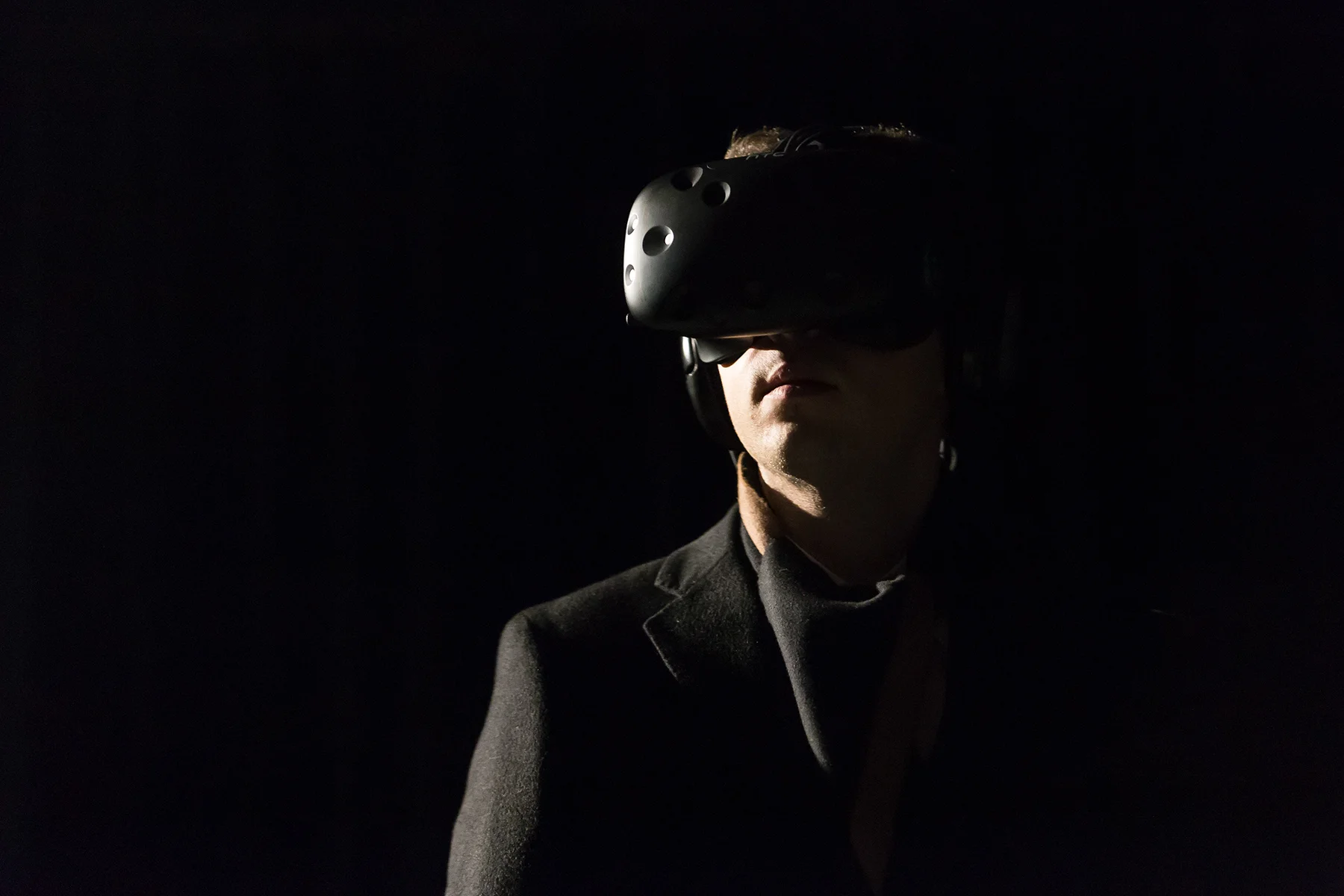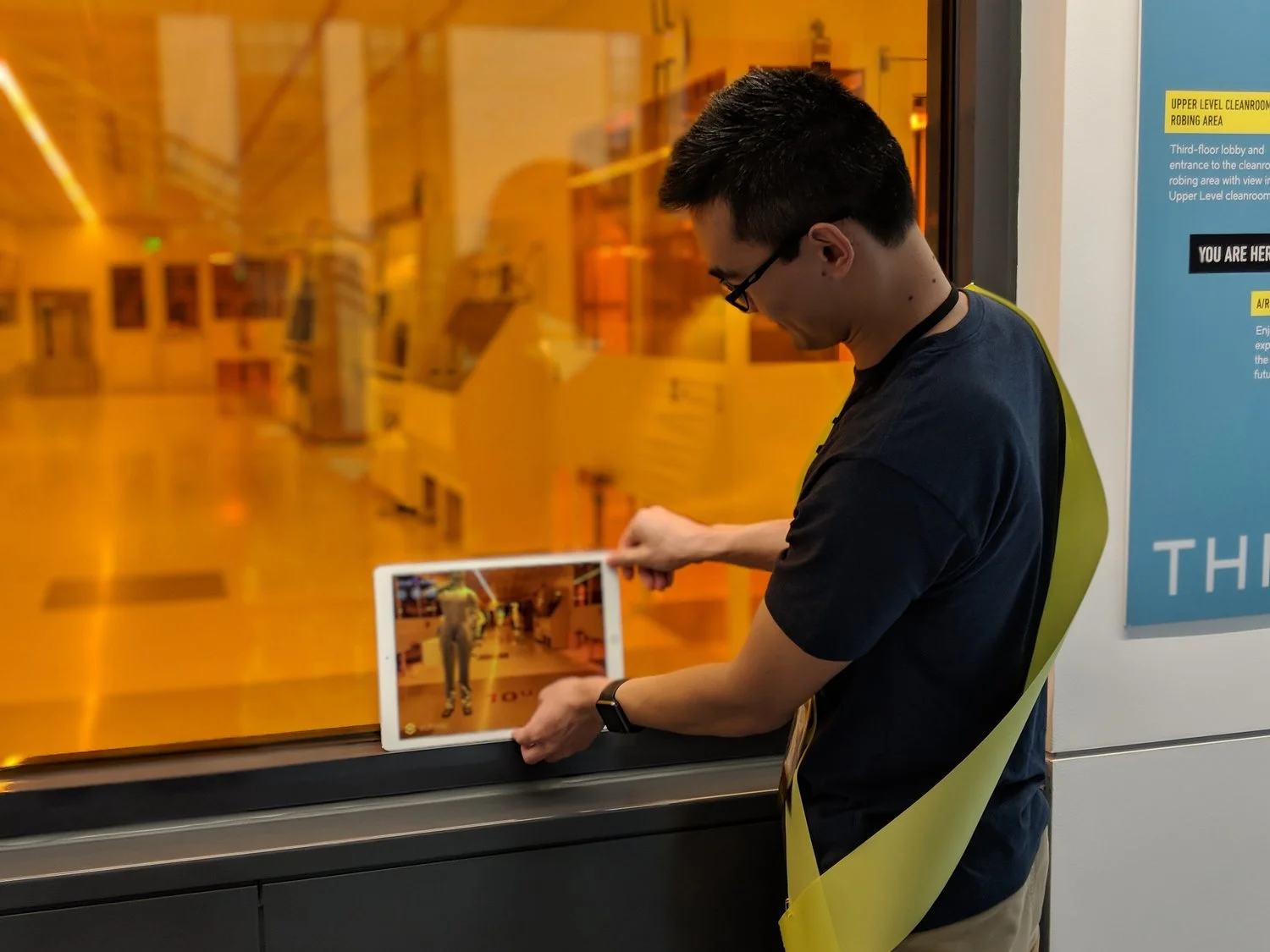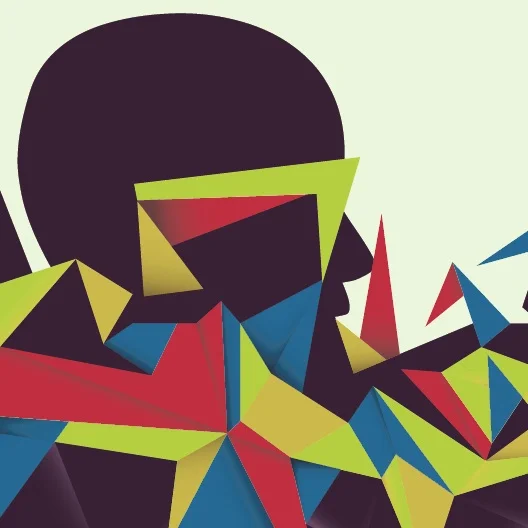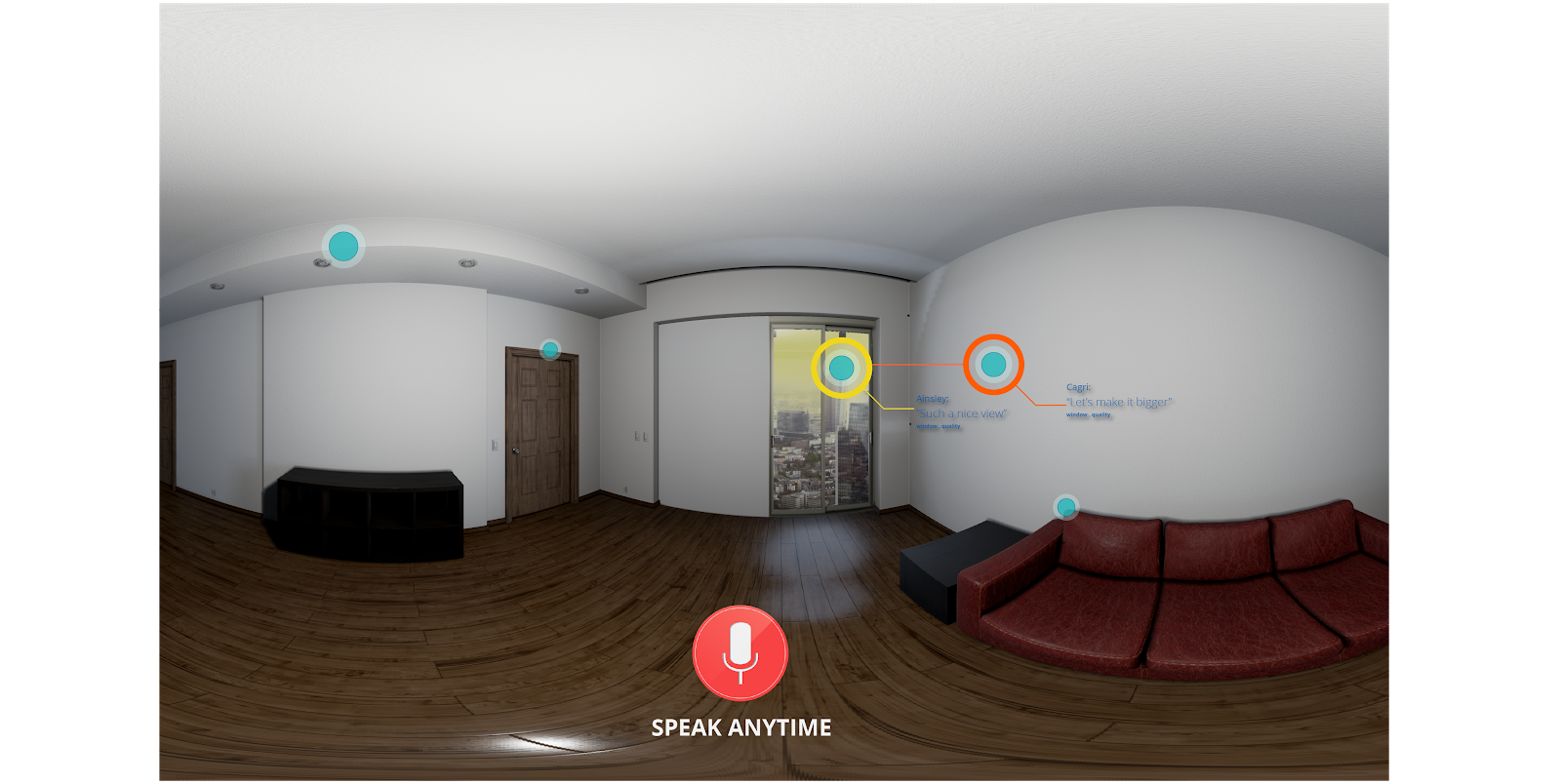National Endowment for the Humanities Digital Humanities Advancement Grant. 2022
Previously, extracting information from moving images has been challenging and time consuming, requiring historians and film scholars to access footage by manually reviewing sequences over and over to parse the setting, the rituals, camera angle, narratives, and the material cultures involved. Now, developments in computer vision and spatial analysis technologies have opened up exciting possibilities for these scholarly processes, with direct implications for improved public access and future translational tools for disabled communities. The “latent archive” that has always been embedded in moving images can now be captured via machine-enabled analysis: locating the urban or architectural setting, producing 3D spatial reconstructions, and allowing fine-grained examination of point-of-view and shot sequence.
